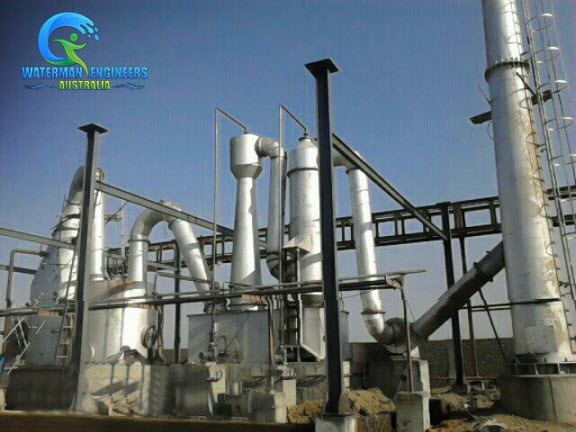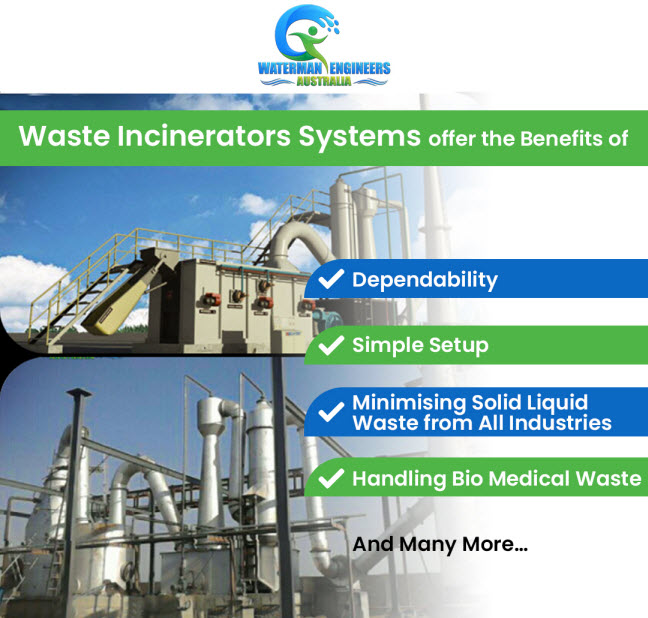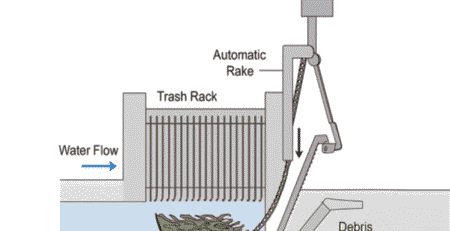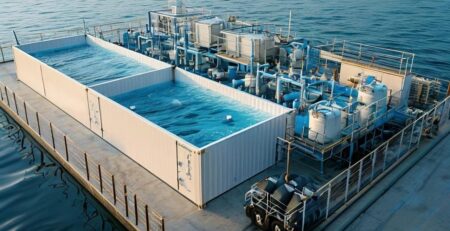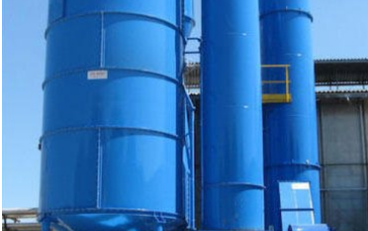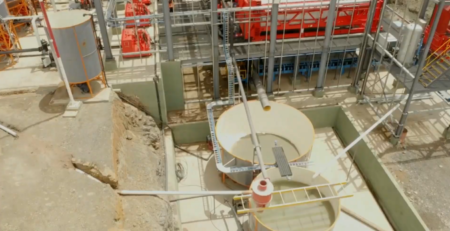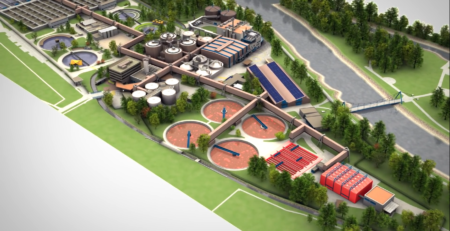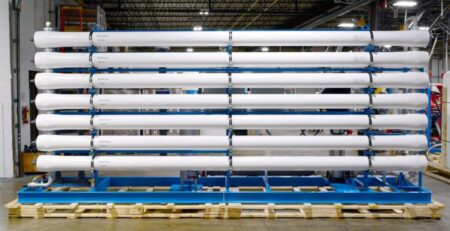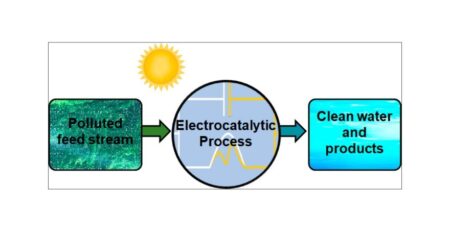The Role of Waste Incineration in Circular Economy Strategies
In a circular economy, products are designed for extended life and redesigned to recapture “waste” as a resource. Using waste incineration as an energy source can be a significant cost-saving solution. But it should only be used when accompanied by separate collection and recycling programmes.
In the era of resource depletion and climate change, the need for a sustainable and circular economy has become more apparent than ever before. A circular economy is a system that focuses on preserving natural resources, reducing waste, and maximizing the value of materials through reuse, recycling, and recovery. In this context, waste incineration plays a crucial role in circular economy strategies
The Role of Waste Incineration in Circular Economy Strategies
As the world population continues to grow and consumption increases, the amount of waste generated also continues to rise. In a linear economy, this waste is disposed of in landfills or incinerated, leading to a depletion of natural resources and an increase in greenhouse gas emissions. However, in a circular economy, waste is seen as a resource that can be recovered, reused, and recycled. Waste incineration is one of the key elements in circular economy strategies.
Waste Incineration: A Sustainable Solution for Municipal Waste
Waste incineration is a process by which municipal waste is burned in an incinerator to produce electricity and heat. In many countries, the energy produced from this method is considered renewable energy under emissions caps. This is in addition to greenhouse gas reductions from the avoided methane emissions from landfills.
Waste-to-energy facilities are a growing part of the waste treatment industry. They use modern incinerators to convert heat used in the burning of trash into electricity and heat for public and industrial customers. They are also often used to recover ash that is then recycled and reused as construction materials, achieving circularity in the waste management system.
Incinerators burn waste by igniting it with gas-fired burners or fuel oil. The resulting flue gases are vented outside the atmosphere through chimneys. Most incineration plants require a high level of air pollution control, including filters and air scrubbers. They also must be built to high standards and comply with the Clean Air Act of 1970.
Incineration plants often include a waste separation system to remove recyclable and bulky materials before combustion. They are also sometimes equipped with a gas cleaning system to remove toxic chemicals that may be released during the heating and burning of the waste.
In many countries, the waste separation process is often carried out in a separate facility from the incinerator itself. This can make it difficult to track the environmental impact of the entire waste management cycle. Typically, solid waste is sorted to recover resources such as plastics, paper, metal, and wood before being sent for incineration or disposal.
Incineration is a Waste-to-Biofuel Solution
Incineration is a waste-to-biofuel solution in which biomass waste (or other non-fossil fuel-based material) is melted at high temperatures to produce gases, such as carbon dioxide and water vapor, which can then be burned to produce energy. Biomass incineration may also produce ash and/or steam that can be used for district heating, or it can generate electricity by burning the incinerator gas to create steam that is then fed into an electric power generation unit (also known as a combined heat and power (CHP) plant).
The combustion of waste occurs when fuel is injected into an incineration furnace along with oxygen. This produces hot gases that are then cooled to lower their temperature, treated to remove air pollutants, and released through an induced-draft fan and stack. The emissions from the process are treated and disposed of through various emission reduction technologies, which may include boiler flue gas recirculation, fabric filters, and scrubbing devices.
Emission control practices for incinerators have evolved significantly over the past two decades. In particular, new technologies have reduced emissions of particulate matter and metals.
It is essential to note that the emissions produced from incineration facilities are highly variable, depending on the type of waste and the amount it is processed. This is because different wastes have different chemical compositions and are therefore able to be burnt differently.
A wide range of wastes can be incinerated, including hazardous and non-hazardous municipal solid waste, food waste, paper and cardboard, wood and paper products, glass, textiles, pharmaceuticals, organics, and industrial residues. These can be mixed and disposed of as a single waste stream in some jurisdictions, or they can be treated separately as medical, infectious, or non-infectious waste.
Medical waste is a special concern for environmental and public health. It should be treated with special care to ensure that the waste does not contaminate the air, water, soil, or groundwater.

